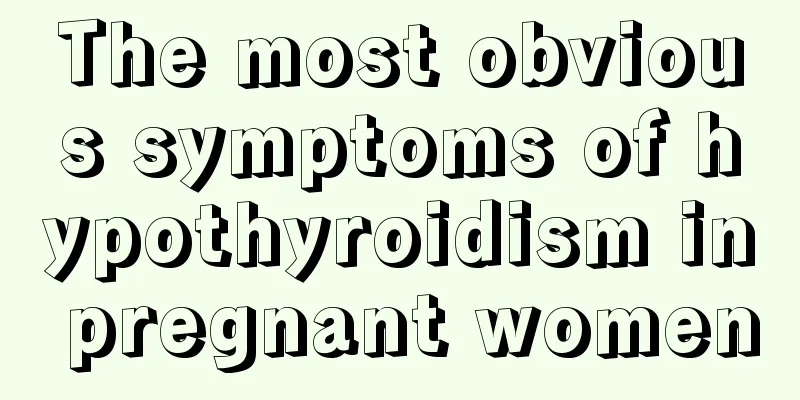What are the treatments for endometriosis?

|
Many female patients suffer from gynecological diseases, which seriously affect their physical health. Women with this problem should receive timely treatment to avoid certain impacts on patients, especially since many women suffer from infertility. So what are the methods to treat endometriosis? Let me introduce this issue to you below. 1. Clinical pathological types of endometriosis 1. Peritoneal Endometriosis (PEM): refers to various endometriosis lesions in the pelvic and abdominal peritoneum, mainly including red lesions (early lesions), blue lesions (typical lesions) and white lesions (old lesions). 2. Ovarian Endometriosis (OEM): It can form cysts, called endometriotic cysts (commonly known as "chocolate cysts"). According to the size of the cyst and the degree of infiltration of the ectopic lesions, they are divided into: Type I: The diameter of the cyst is usually less than 2 cm, the cyst wall is adhered and has unclear layers, making it difficult to remove during surgery. Type II: It is divided into three types: A, B, and C. ⅡA: The endometrial implants are superficial, involving the ovarian cortex but not reaching the cyst wall. They are often accompanied by functional cysts and are easy to remove during surgery. Ⅱ B: The implantation focus of endometriosis has involved the wall of chocolate cyst, but the boundary with the ovarian cortex is clear and it is easier to remove during surgery. ⅡC: Ectopic implants penetrate the cyst wall and extend to the surrounding area. The cyst wall is closely adhered to the ovarian cortex and is accompanied by fibrosis or multilocularity. The ovary is adhered to the pelvic side wall and is large in size, making it difficult to remove during surgery. 3. Deep Infiltrating Endometriosis (DIE): refers to lesion infiltration depth ≥ 5 mm, commonly found in the uterosacral ligament, rectouterine pouch, vaginal vault, recto-vaginal septum, etc. There are two types of rectovaginal septum: one is pseudorectovaginal septum endometriosis, in which the adhesions of the rectal fossa are closed and the lesion is located below the adhesions; the other is true rectovaginal septum endometriosis, in which the lesion is located outside the peritoneum, inside the rectovaginal septum, and there is no obvious anatomical abnormality in the rectouterine pouch. The above is my opinion on this issue. If the patient has the above problems, then the patient needs to receive timely treatment. This will ensure the patient's safety and avoid causing infertility or cancer in women. Finally, I wish the female patients a speedy recovery. |
<<: What causes endometritis bleeding?
>>: What are the methods to treat excessive leucorrhea?
Recommend
What is the cause of the white and sticky discharge in early pregnancy?
Women undergo great physiological changes before ...
Can I have sex if I'm HPV52 positive?
If female friends suffer from gynecological disea...
Are you "insomniac" tonight? Learn these tips to help you sleep well all night!
Hello everyone! Are you the kind of night owl who...
What is the reason for leucorrhea with blood after sex?
If a woman has abnormal leucorrhea, she should ge...
How to recover quickly from a cold during breastfeeding
Improper medication for a cold during breastfeedi...
Signs of fetal death at eight months
In recent years, with the continuous improvement ...
How should genital warts be treated?
Many people nowadays think that condyloma acutum ...
My breasts feel smaller and softer
Breasts are relatively important for women. If br...
6 weeks pregnant with more blood in vaginal discharge
The phenomenon of excessive leucorrhea with blood...
Why is my period not over after eight days?
If the menstrual period has not ended for eight d...
comScore: 2011 Global Social Report – Top 10 must-know insights about social networks
Social networking is a global phenomenon, and it i...
Why does the pregnancy test stick show one dark and one light result twice?
Nowadays, the best way for women to check whether...
What should I do if I vomit during my period?
It is a normal pregnancy reaction for women to vo...
What should I do if a girl's breasts are not well developed?
Now with the development of society, many women a...
Is it true that my period is delayed for two days?
A healthy woman normally has regular menstruation...









